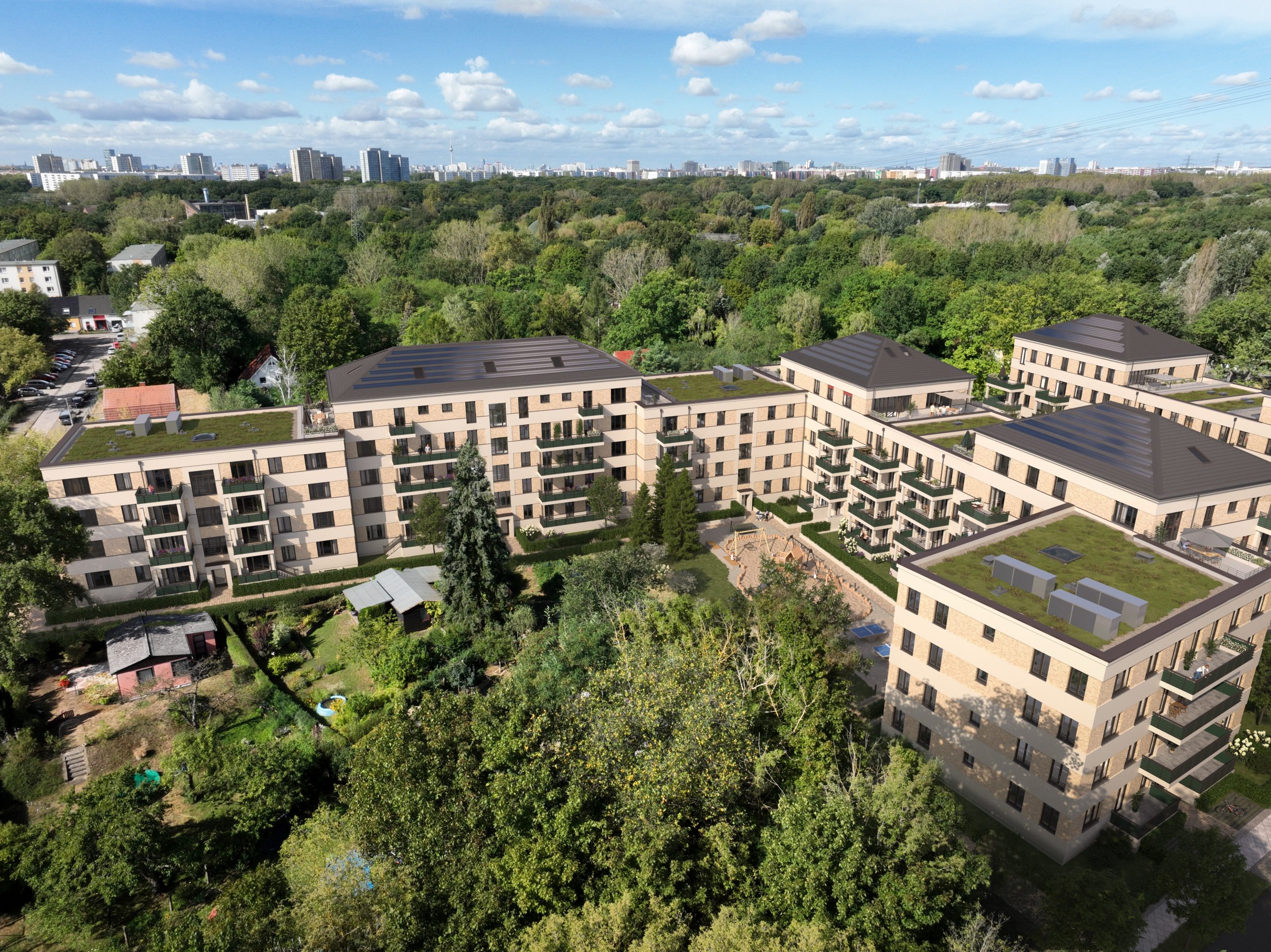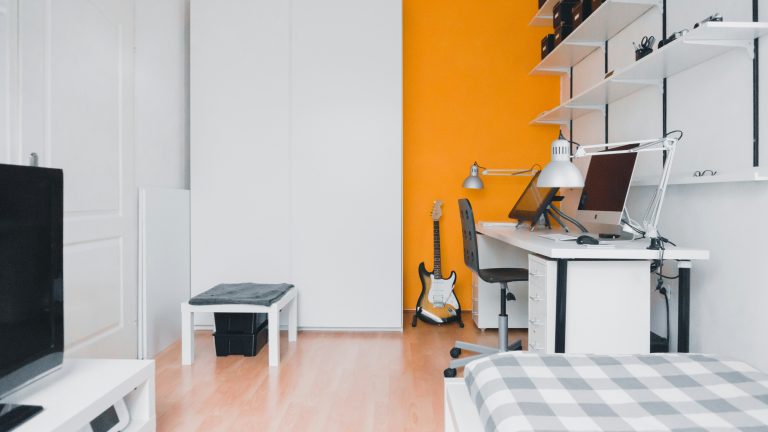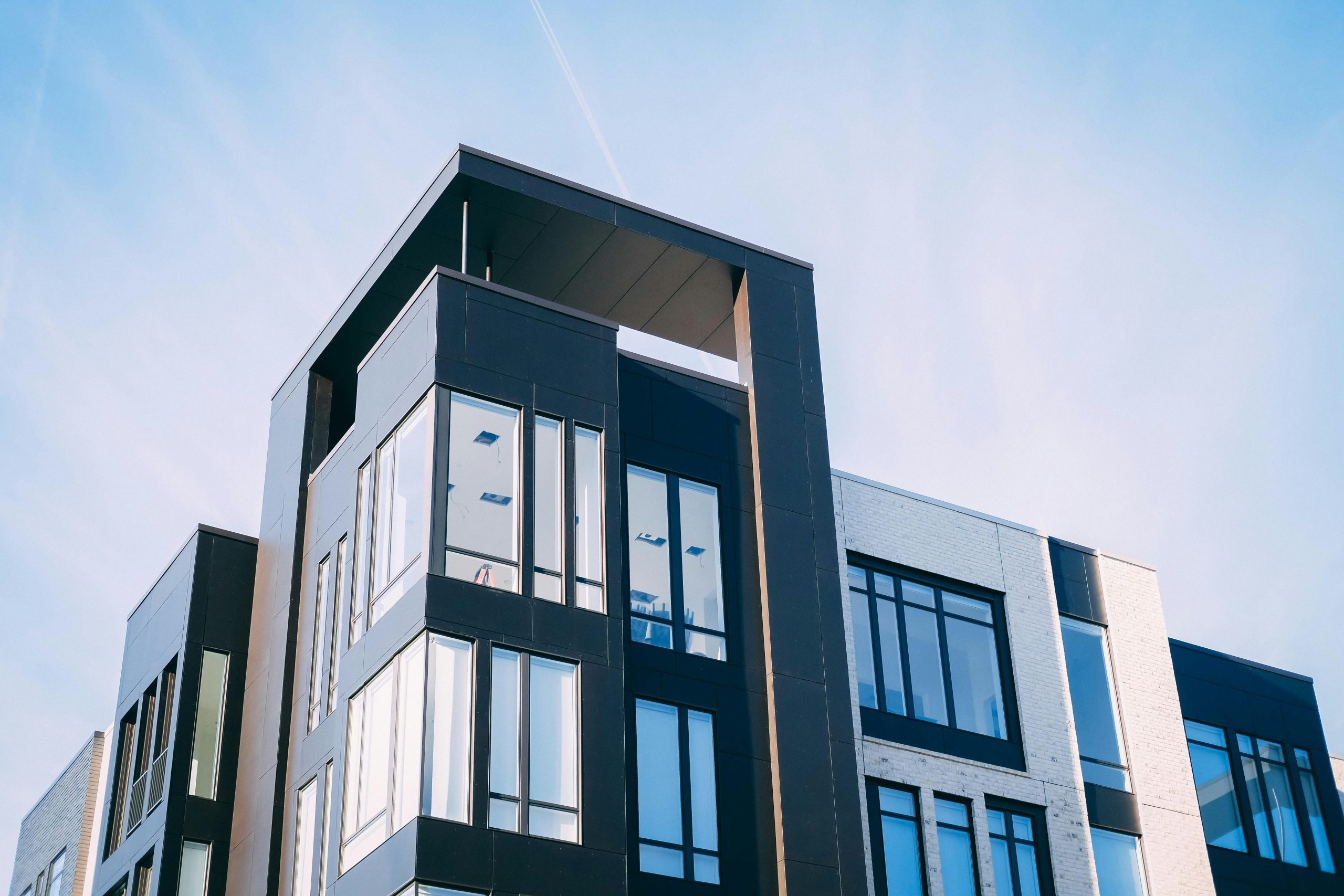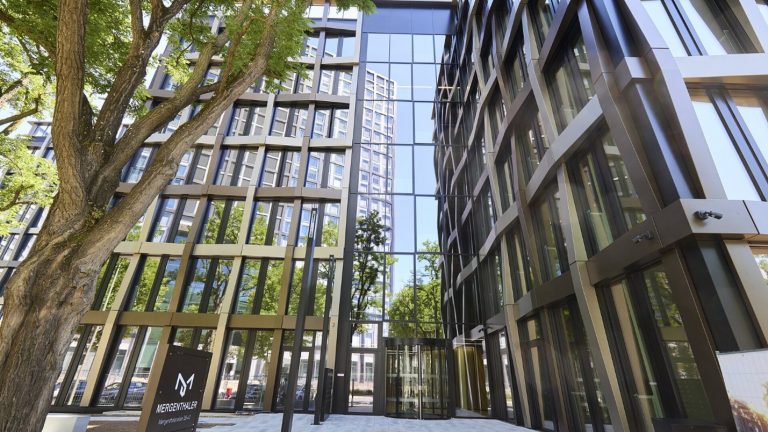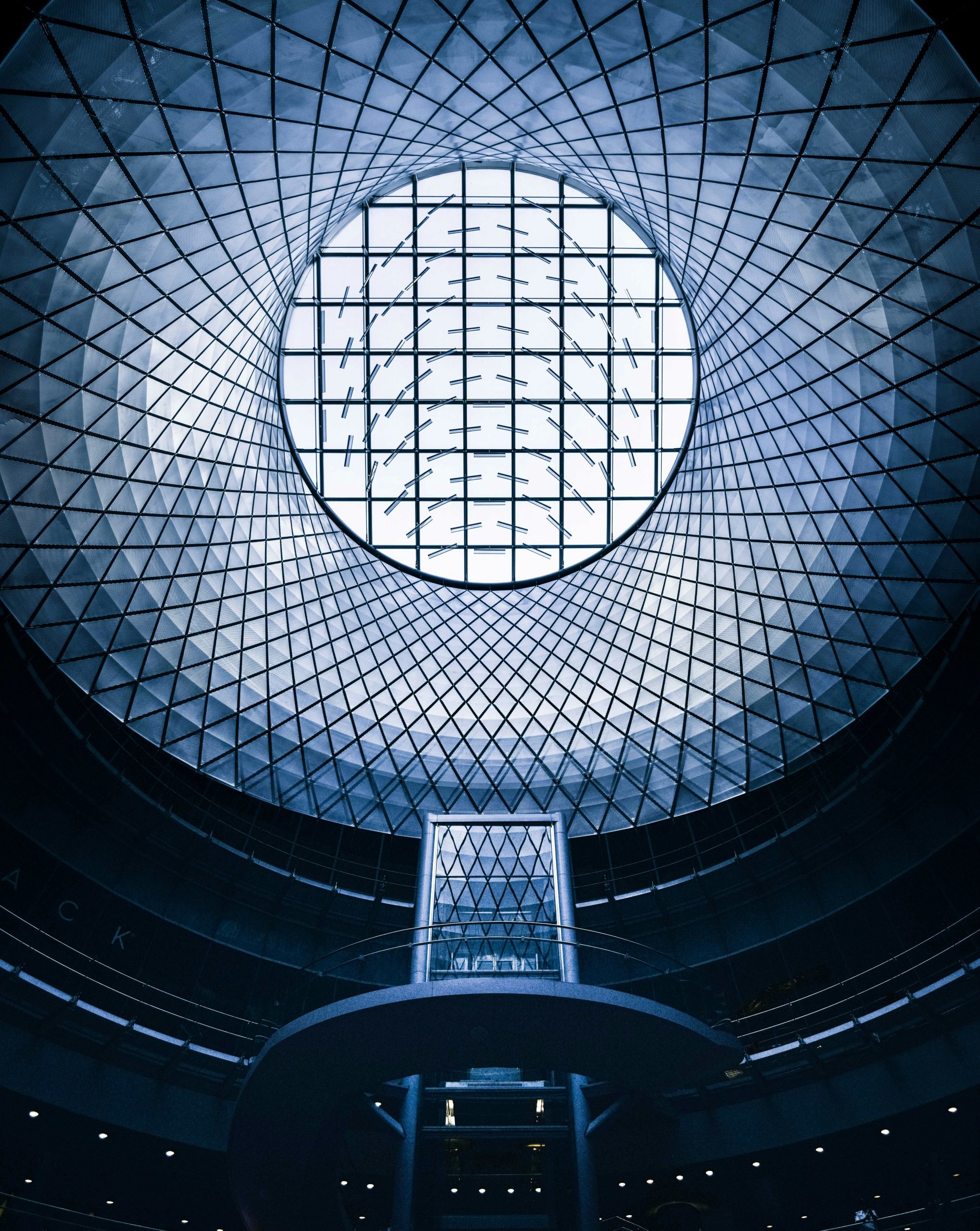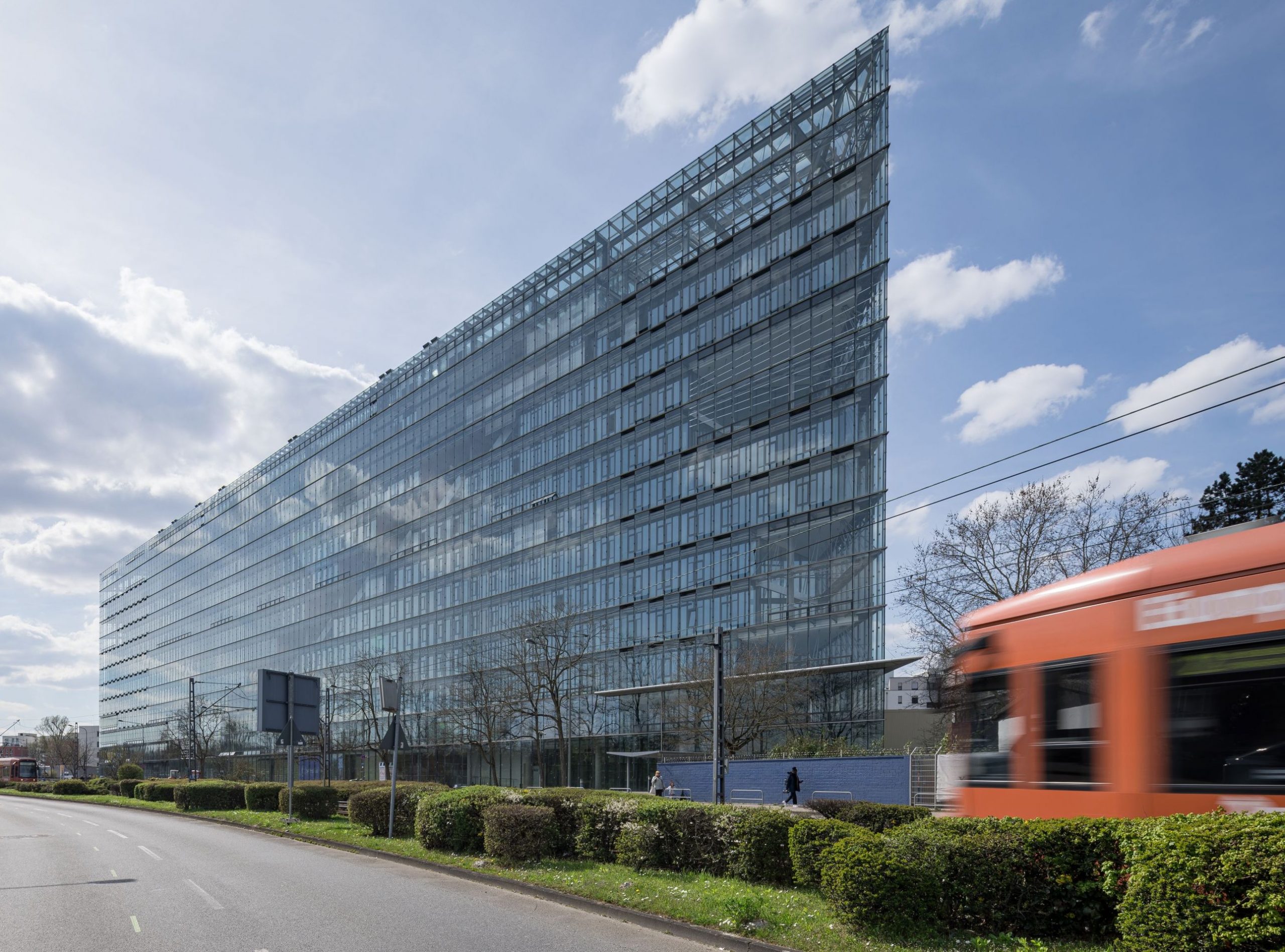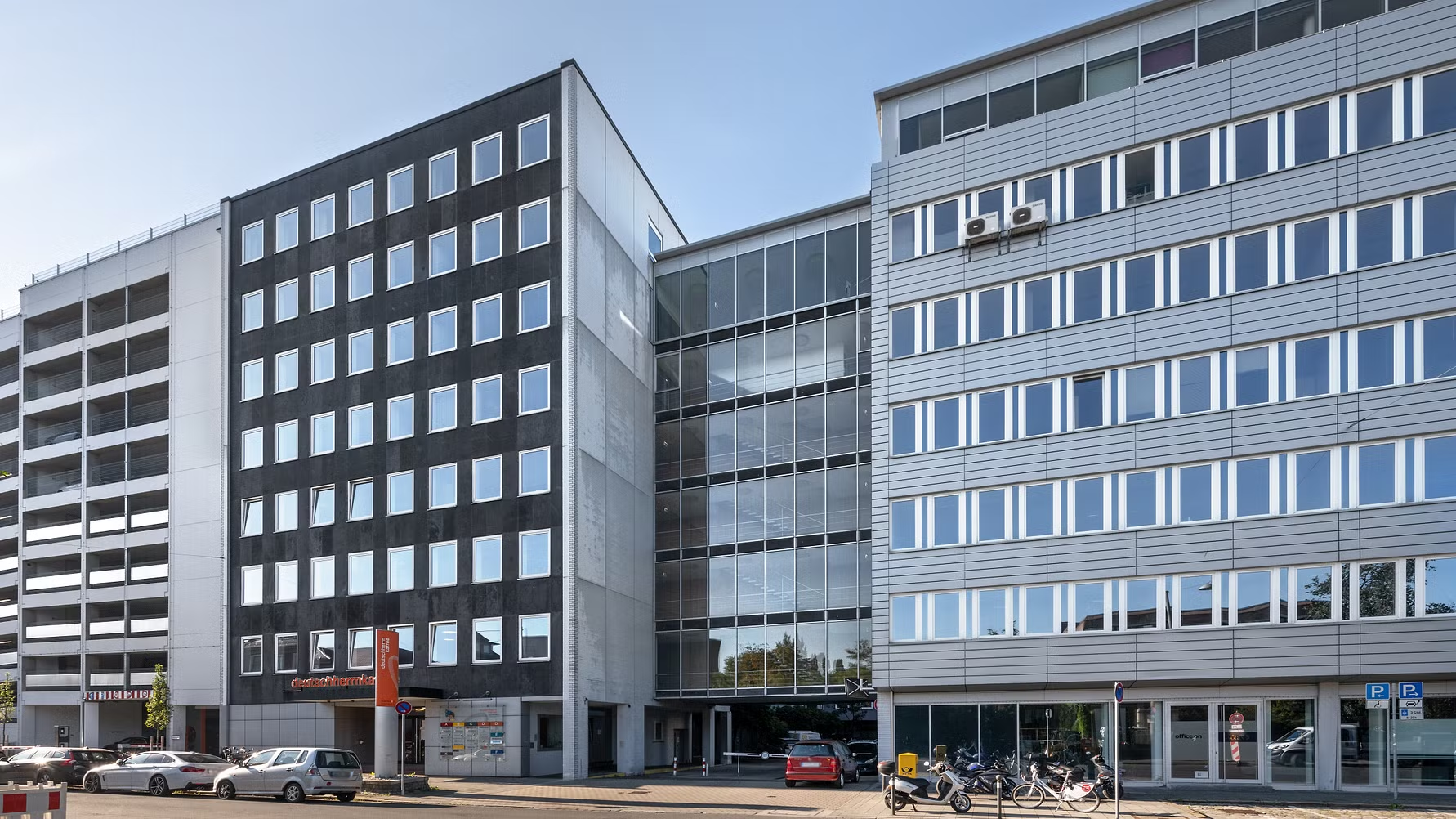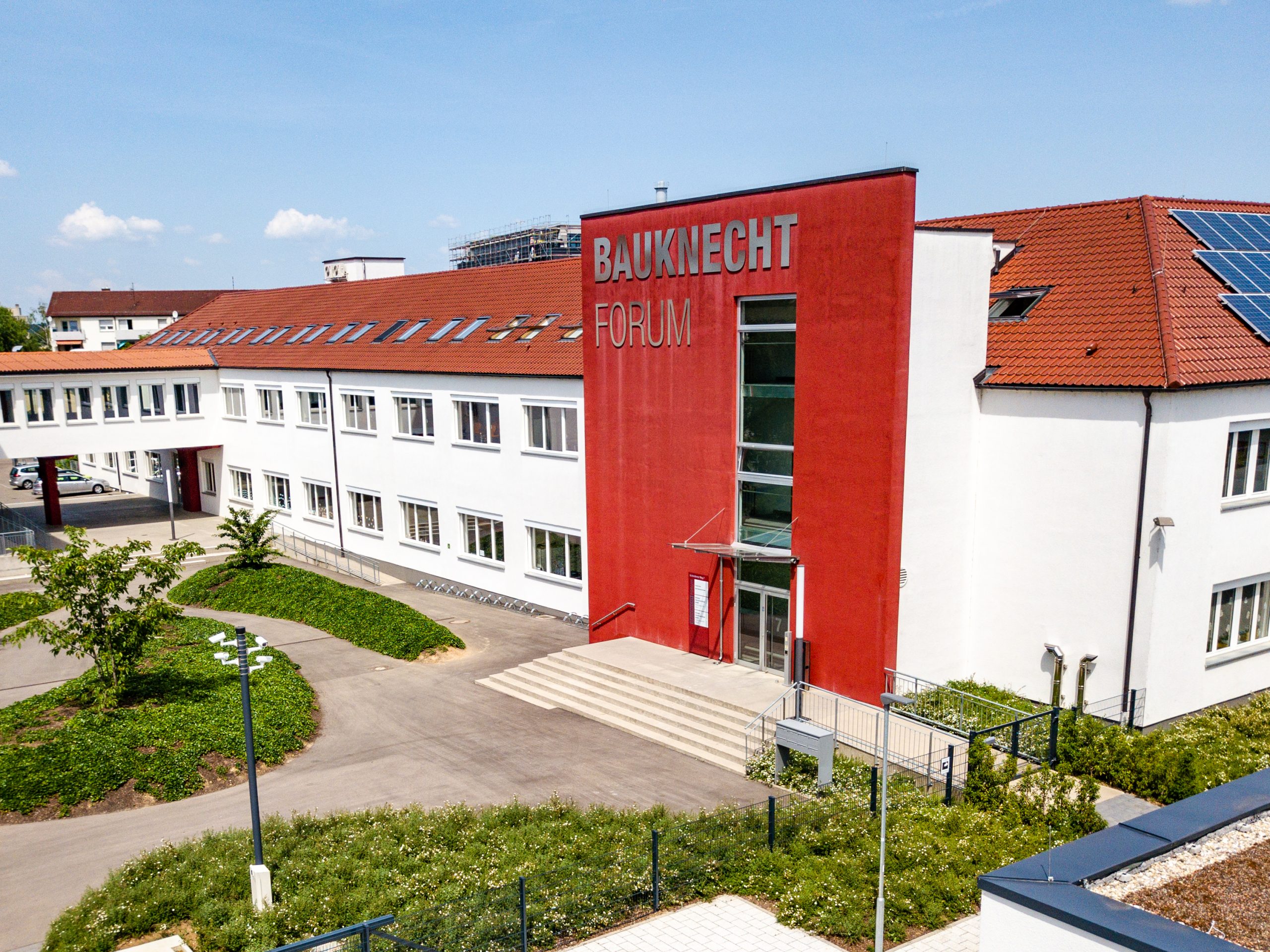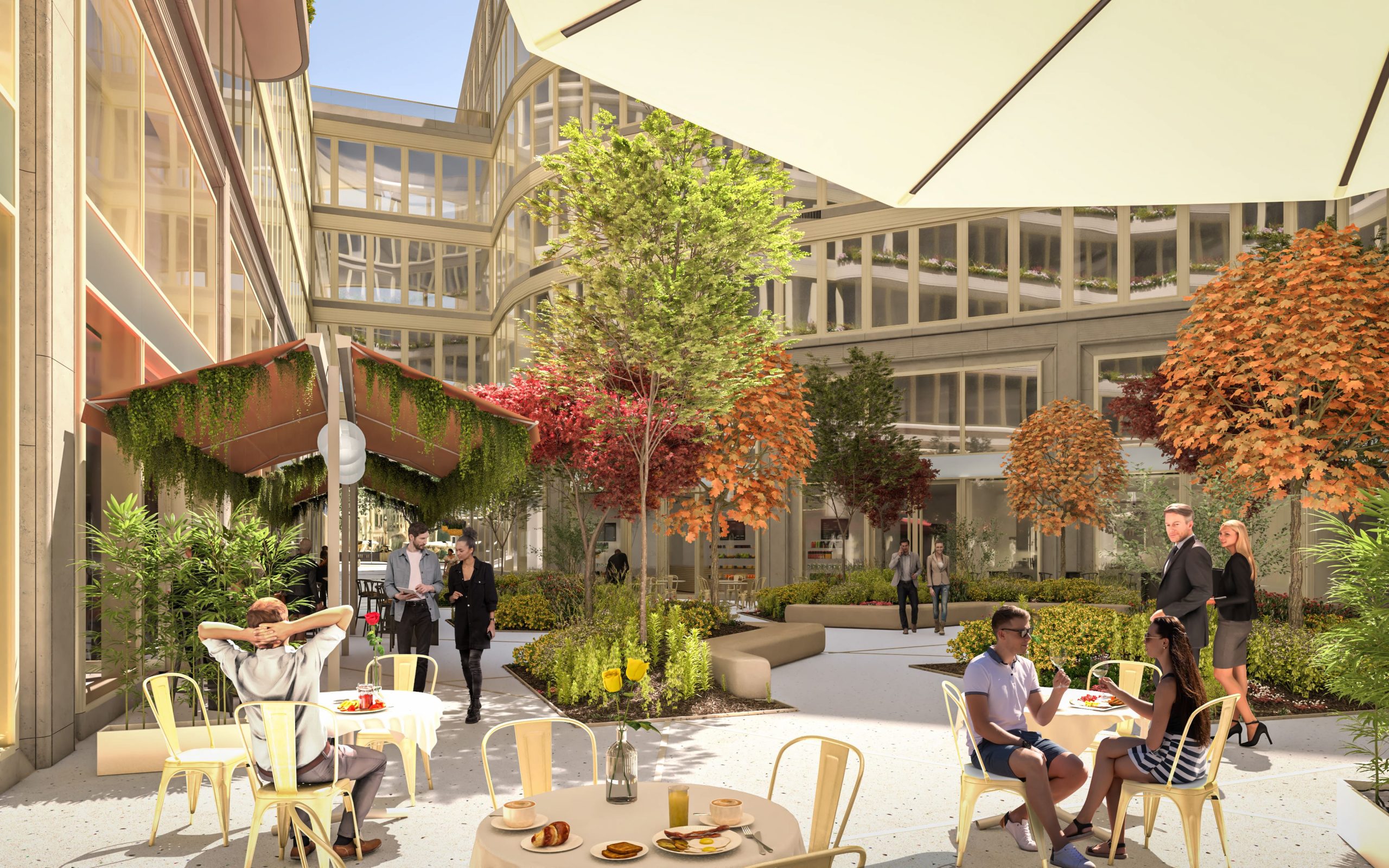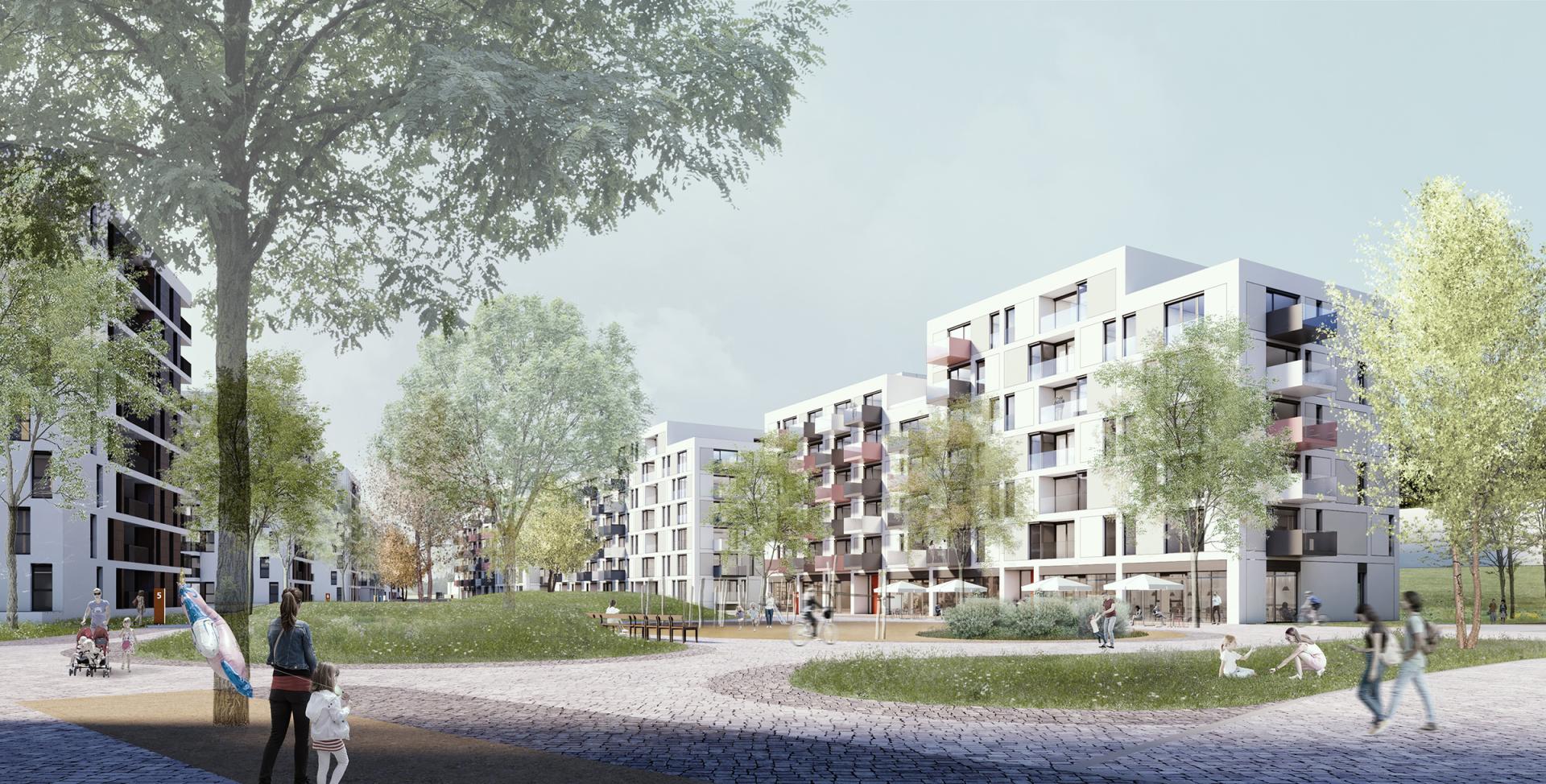Institutional investors show high interest in serial residential construction
In the coming years, serial production will increasingly become the standard for residential construction in Germany. Cost and time savings, better working conditions for skilled workers and less susceptibility to defects, as well as the increasing variability of architectural options, make building with prefabricated elements attractive for an increasing number of stakeholders. This was confirmed by David Fischer, Managing Director, WvM Berlin Immobilien + Projektentwicklung GmbH, Simon Kempf, Managing Partner, Periskop Development GmbH, Jens Wadle, Managing Director, Hohental Group, and Thomas Wirtz, Managing Director, INDUSTRIA Immobilien GmbH at an online press conference.
It is noteworthy that institutional investors as well as asset and investment managers are increasingly interested in the possibilities of serial construction. Thomas Wirtz, for example, can imagine serial and modular residential properties at INDUSTRIA Immobilien both in specialised fund vehicles and as an addition to residential real estate funds that have already been launched.
Accordingly, INDUSTRIA Immobilien has been exploring the market for serial and modular residential construction for a year. “Building with industrial prefabrication is increasingly becoming a strategic investment theme, because conventional residential construction is currently much more difficult to meet the return expectations of institutional investors,” says Thomas Wirtz. “New technologies and designs make it possible for industrial prefabrication not only to create real estate quickly, reliably and cost-effectively, but also to make the buildings visually attractive. Serial and modular construction appears to be the central key to effectively countering the shortage of affordable housing – especially in metropolitan areas and large cities.”
Higher returns and greater reliability increase attractiveness
How investors position themselves vis-à-vis serial or modular construction is shown by a survey of institutional investors conducted by INDUSTRIA Immobilien in spring 2025. Almost half of those surveyed can imagine investing in funds with corresponding properties. Only around ten percent categorically reject this. Expected returns are decisive for acceptance: 56 percent of institutional investors expect higher returns than with conventional construction methods – a realistic picture in view of shorter construction times and lower construction and financing costs. However, the reason for this could also be the assessment that serial concepts are still fraught with additional risks. In the long term, however, this risk premium will be reduced, according to Wirtz’s forecast.
Prefabricated elements make it easier to achieve
climate goalsSimon Kempf, Managing Director at Periskop Development, approached the topic of serial construction from the point of view of building land development. “We see the layout of building plots as a decisive basis for the optimisation process in construction. The higher the degree of prefabrication of modules and elements, the higher the demand for a plot of land that is as suitable as possible. This was a working hypothesis on the basis of which we created our white paper.”
He explains: “Our analysis shows that industrially prefabricated elements significantly shorten construction times, reduce cost risks and facilitate planning. In addition, they reduce construction site emissions, enable a recycling rate of up to 90 percent and thus make a noticeable contribution to achieving climate targets.”
“However, not every plot of land is suitable for serial or modular solutions, transport and logistics costs can influence economic efficiency, and the architectural design freedom is less than with conventional construction. Prefabrication is also sometimes accompanied by early capital commitment and requires very precise planning already in the initial project phases,” says Kempf, summarizing the results of the study. In addition, in order to enable the production figures required for a higher degree of automation, the different state building codes would have to be homogenized.
Serial construction already begins in the planning phase
Jens Wadle also shares the approach that serial construction already begins with the planning phase and the configuration of the plots: “Even serially built construction projects must fit into the surroundings, i.e. they must take into account the layout of the plot and take into account the special urban development of a place. Only a mixture of materials and construction methods enables flexibility and diversity so that the necessary site utilization can be achieved.” Repeatability is crucial for success. “In the awareness of urban development and open spaces, recurring grids, modular planning approaches and ultimately the establishment of the most economical material for the respective building task can change the image of serial construction. Our approach is a serial planning logic that simplifies subsequent construction processes, reduces errors and aims to improve urban planning and architectural qualities. This approach saves time and costs, responds to customer requirements and creates sustainably liveable mixed neighborhoods.”
Accordingly, Wadle also sees the framework agreement “Serial and Modular Construction” initiated by the GdW Federal Association of German Housing and Real Estate Companies as an important milestone for municipal housing construction. “For the first time, a practical instrument has been created that enables public building owners in particular to implement it quickly, transparently and in a legally secure manner. The Hohental Group is one of the prequalified providers of this agreement. It offers municipalities and housing companies the opportunity to directly access pre-tested, economical and at the same time architecturally high-quality solutions. The modular design of the systems offered makes it possible to take individual project requirements into account without losing the cost advantage of standardization. In this way, the framework agreement will become a central building block for accelerating municipal housing construction in Germany.”
wvm Group focuses on individuality in the system
for condominiumsIn the meantime, there are the first projects in which high-quality condominiums are also being built in series. The question of the extent to which the apartments can be individualized for owner-occupiers is interesting. David Fischer advises buying as early as possible. “Those who get involved in the projects early have the greatest leeway, from floor coverings and tiles to fittings and doors to electrical details such as switches and sockets.” He refers to the Zwieseler Hof project, in which wvm is building 147 condominiums. There, for example, more than a dozen variants are available to prospective buyers. “Together with Nöfer Architekten, we have planned an architecturally high-quality and sustainable quarter with many well thought-out details for the Zwieseler Hof. The executing company has integrated serial production into this architecture so that design and process fit together,” says Fischer.
Fischer sees good prospects for the serial production of condominiums. “If the architecture and location are right, prefabrication in the factory will also become the new normal in the property segment. The important thing here is that the method must serve the place – not the other way around.” The good experience is also confirmed in the company’s own development portfolio. In Liebermannstraße in Berlin-Weißensee, the wvm Group, together with Stephan Höhne Architekten and Casa Ingenieure, has transformed another classic in-situ concrete concept into modern precast planning. There, a total of 48 apartments will be completed six months ahead of the originally planned date for next summer.
“Serial construction is not a contradiction to diversity. On the contrary, modular principles enable typological flexibility – and thus living space for different target groups,” Fischer sums up his experience. “For us, this means: standards where it makes sense – differentiation where the place demands it.” The wvm Group will continue to build conventionally for very small projects, one-of-a-kind items with a high impact on existing buildings or for historically sensitive projects. “This is where the classic construction method plays to its strengths. But here, too, we are increasingly benefiting from modular thought patterns.”
Withepaper from Periskop Development for you to download